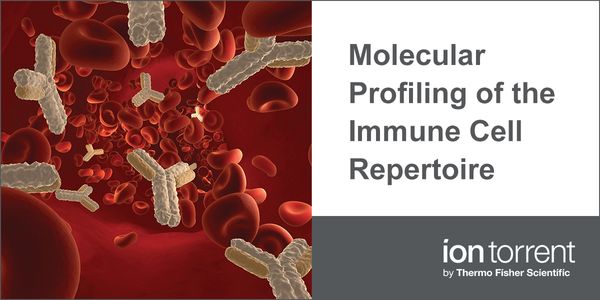Animal Diets
Animal diets consist of other living organisms, including both plants and other animals, as well as water. Animals have adapted to their surroundings and so will make the most of what is there. Camels for example, inhabit dry and baron deserts where there is little water, so they have evolved the ability to store large amounts of water in their bodies.
-
OCT 05, 2022 | 11:00 AMDate: October 05, 2022 Time: 11:00am (PDT), 2:00pm (EDT), 8:00pm (CEST) The effects of fiber in health and disease is an active subject of research in a range of research areas. Historically...MAY 08, 2020 | 10:00 AMDATE: May 8, 2020 TIME: 10:00am PT, 11:00am MT, 1:00pm ET The application of next generation sequencing to interrogate immune repertoires and methods in which these highly complex dataset...FEB 26, 2020 | 9:00 AMDATE: February 26, 2020 TIME: 9:00am PST 3D cell culture and analysis and the study of organoids and spheroids are becoming more prevalent as a research method in publications as traditional...Whole food plant-based diets and medical cannabis have shared and continues to share similar levels of scrutiny, doubt, and stigma by the traditional medical community. One reason for the med...
JUN 29, 2018 | 9:00 AM
DATE: June 29, 2018TIME: 09:00AM PDT, 12:00PM EDT There is significant epidemiological evidence to suggest that the consumption of a high-broccoli diet is associated with a r...
Studies have demonstrated how cannabis may contribute to cancer treatment not only by treating symptoms but also by: cancer cell apoptoss, anti-proliferation, anti-metastatic and anti-angioge...
Compassion fatigue, or the state of chronic stress for those caring for people or animals in distress, can affect anyone working in the lab animal sciences. This can even affect employe...
Speaker:
Jennifer Jones, BS, RLAT
Presented at: Laboratory Animal Sciences Virtual Event Series 2018
Preclinical translational imaging, and specifically molecular imaging methods such as positron emission tomography (PET) or single photon emission computed tomography (SPECT) as well as magne...
Speaker:
Paul Makidon, DVM, PhD, DACLAM
Presented at: Laboratory Animal Sciences Virtual Event Series 2018
The translation gap in biomedical research can be attributed in part to differences in how outcomes are assessed in preclinical research and in the clinic. Reasons for these mismatches includ...
Speaker:
Jamie Ahloy Dallaire, MSc, PhD
Presented at: Laboratory Animal Sciences Virtual Event Series 2018
Analgesics are commonly employed drugs for perioperative procedures and are required for painful procedures. They include not only non-steroidal anti-inflammatory drugs (NSAIDs) but also opio...
Speaker:
Ignacio Alvarez Gomez de Segura, DipECLAM, DipECVAA
Presented at: Laboratory Animal Sciences Virtual Event Series 2018
Assessment of how changes in husbandry affect an animal can be challenging as most common methods of assessment, such as corticosterone levels, are more reliable for assessment of acute stres...
Speaker:
Debra Hickman, DVM, MS, DACLAM, DACAW
Presented at: Laboratory Animal Sciences Virtual Event Series 2018
Digital technology is improving the speed and accuracy of all the world’s work processes and activities, the including the research vivarium. This presentation will address some...
Speaker:
John J. Hasenau DVM, DACLAM
Presented at: Laboratory Animal Sciences Virtual Event Series 2018
























